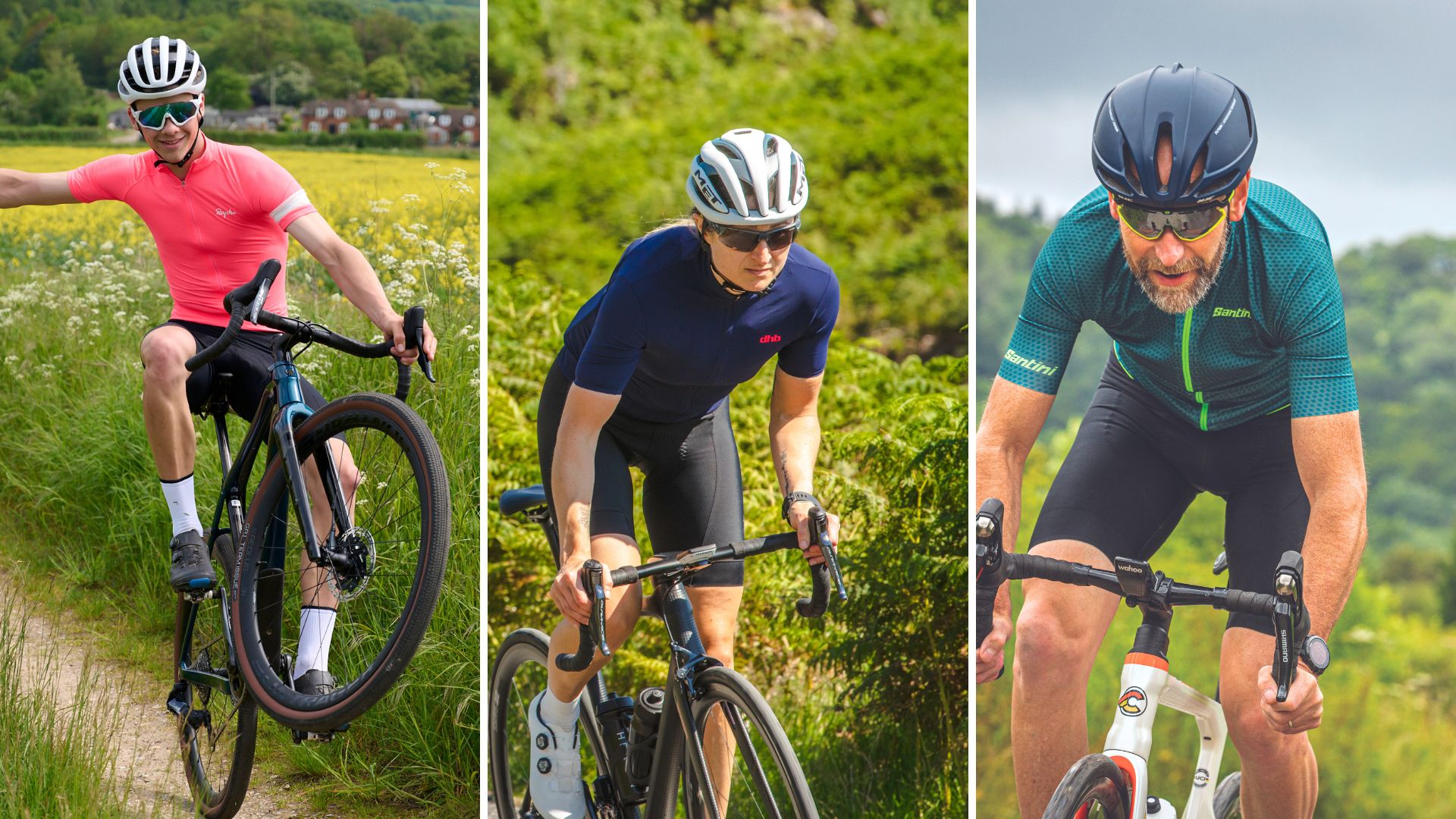
One minute, your aerodynamic profile’s impacted by acne. The next, you’re turbo training to the backdrop of Songs of Praise. In-between, you’ve trained consistently. But have you trained smart? In other words, have you taken into account the issues that impact your riding as the years roll by? These can be physiological, sociological or emotional. Do so and you’ll optimise your on- and off-the-bike time, ensuring you’re at your peak, no matter what age you are.
We’ve dived into the factors that affect performance as you age, whether you’re an experienced rider or a newcomer, followed by targeted age solutions from the world’s finest cycling coaches. Of course, there are always outliers and we all have different experiences, but as a broad base we’ll lay the foundations for riding strong until you match the achievements of Robert Marchand, who in January 2017 set a track-cycling world record in the over-105 age group, covering 22.547km in one hour.
And, longevity carries huge benefits. Cycling past the midlife barrier helps to slow down the aging process, with a 2017 study revealing that those who exercised regularly saved up to nine years of cellular deterioration. It also bolsters your defences against illness with 2018 research showing that cyclists had a higher white blood-cell count than their inactive contemporaries.
Right, onto helping you beat the ageing process, and the competition…
Cycling aged 20-29
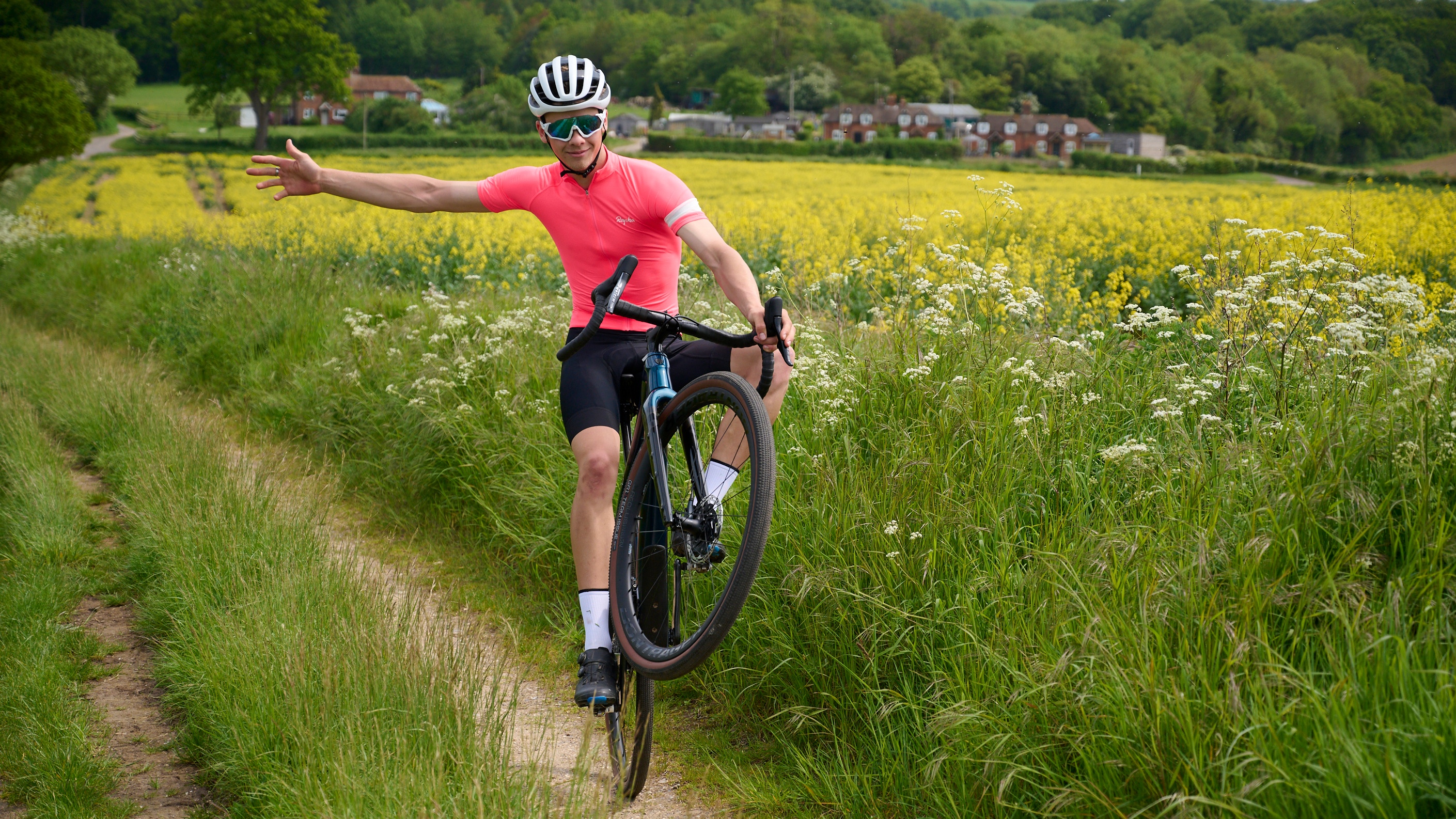
“In this social media era, pressure to ride a set speed, do a set mileage or always be smashing-it-up is the strongest stimulus to overtrain young athletes,” says North Devon-based cycling coach Joe Beer. “It applies too much pressure to compete instead of listening to your body. The trolls and ‘experts’ know little so let them shout from their soapbox but disconnect from them.”
If you see old-school rollers online, snap them up as they’re unbeatable for developing your pedalling skills, says Beer. Working on your technique from an early age will make you a more efficient cyclist.
That, says Beer, means training heavily at a reasonably low intensity to build a strong aerobic base. “Use your nose to breathe and restrict effort,” Beer says. Whilst a sprinkling of high intensity each week will help you to progress, “if you puff and pant through your mouth in all sessions, you’re overcooking things,” he confirms.
This decade is also an important one for setting up good habits, even if you don’t find you need them, yet. “Flexibility work needs no equipment. Stretch now and it’ll set fine habits for your entire cycling life. Keep it simple, consistent, and patient.”
When it comes to fuelling your riding, at this age you could be cooking regularly for the first time, so now is the time to establish healthy routines. Ensure your diet features at least the recommended daily amounts of the following: vegetables, fruit, nuts, seeds, lean meat or fish, wholegrains, pulses as well as dairy. Avoid processed foods which are likely to hurt your wallet, as well as being high in sodium, fats and sugar.
When it comes to on-bike fuelling, don’t ignore glucose-fructose energy powders, says Beer. “Glucose-fructose drinks, gels and jelly-bars are easily absorbed across the stomach at levels of 60, 90 and even 120 grammes per hour.” Why not ‘real food’ staples like bananas and flapjacks? Well, the former are “absorbed at lower levels [and] you don’t want huge amounts of fibre on the bike. As for flapjacks, they’re too fatty to be absorbed that efficiently and will create a plug in the system. The simpler the fuelling, the better the chances of consistent energy delivery. That said, short simple rides can be ticked off on water and carbohydrates like bananas, or just wait until after to restock.”
Cycling aged 30-39

Cyclists in their thirties often find that their posture is beginning to suffer, particularly those who work desk based jobs. Undertake a professional bike fit. It’ll make you more comfortable and stronger on your bike, plus you’ll be less likely to develop back and neck problems.
Disappointingly, this could be the decade that lamppost-winning kick you’re renowned for becomes a touch limp with research suggesting that power activities, which use predominantly fast-twitch muscle fibres, start to decline; in fact, it’s quite a drop between 31 and 40. After this time, power continues to drop but at a slower rate.
That said, when you ride into your thirties, the biggest challenges are often situational, says Phil Mosley of MyProCoach. Responsibilities can begin to ramp up, be they from the demands of work or family. “It can be hard to find time for regular cycling when you’re working long hours or you’ve got young kids,” he says. “The key is to stay consistent with regular short workouts, rather than planning long rides and then realising you don’t have time for them. Short rides are much easier to get your head around when you’re tired and you’re less likely to give up on the idea. You can enjoy a good workout in as little as 30mins, but the key is consistency.”
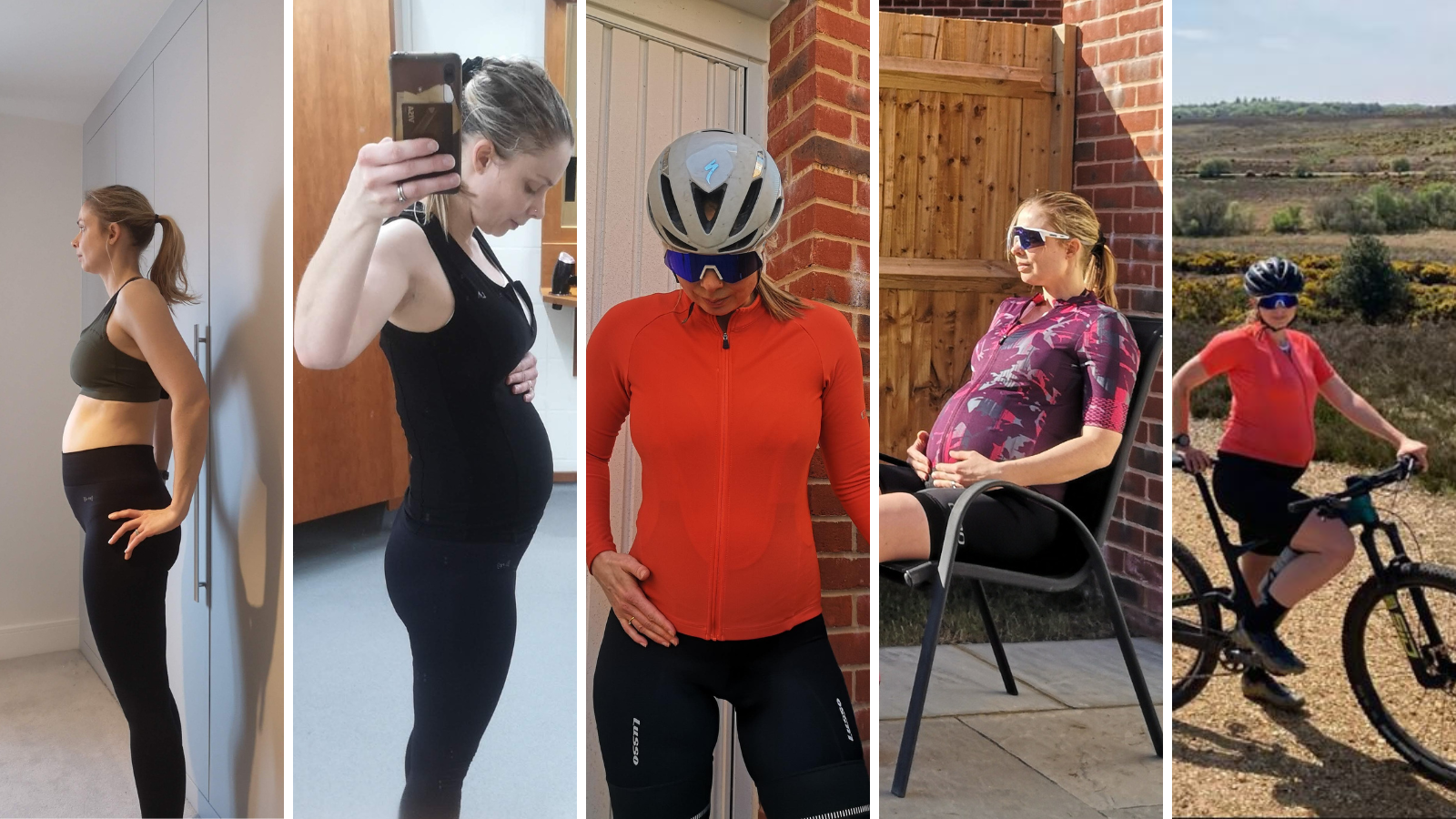
Whilst it's crucial to note that parenthood isn't a factor in the lives of all 30-somethings, we can't discuss the changes brought about by early parenthood without remembering that this brings some major changes for women. Cycling during pregnancy is healthy and recommended, provided your doctor or midwife have not advised otherwise. However, 'listen to your body' remains the primary advice throughout, we've gone into detail via CW digital editor Michelle's experience, here. The postpartum period - particularly breastfeeding and managing patchy sleep (for all parents) - comes with new challenges, again this is individual and circumstantial, but we've collected 21 pieces of key advice here.
That’s why, says Mosley, an indoor bike with a power meter is a must. “Ideally, the budget will stretch to a set-up that’s permanent [like a Wahoo Kickr Bike, for example], so you can jump on in a rush. If your goal is to improve your performance for something like a sportive, I’d also recommend a training plan that matches your goals and availability. This means you don’t have to think about what you’re doing; you just follow the workout on your bike computer or apps like Zwift. It’s much more motivational than wondering what to do each time.”
When it comes to nutritional advice, arguably it’s relevant for all age groups – that you shouldn’t seek too much relaxation in the bottom of a wine bottle. “In your thirties, you might be working long hours and/or parenting, plus cycling. [Juggling these demands] requires feeling near 100% each day. If you’re hoping to get fitter on the bike, regular alcoholic drinks aren’t going to help. Alcohol reduces your motivation to train the next day and increases your desire to eat bad food.”
Balancing life, work, children, and cycling
Kate Allan, 39, runs her own PR company, is a mother of two young children and has countless national road and time-trial titles to her name. Just how does she do it?
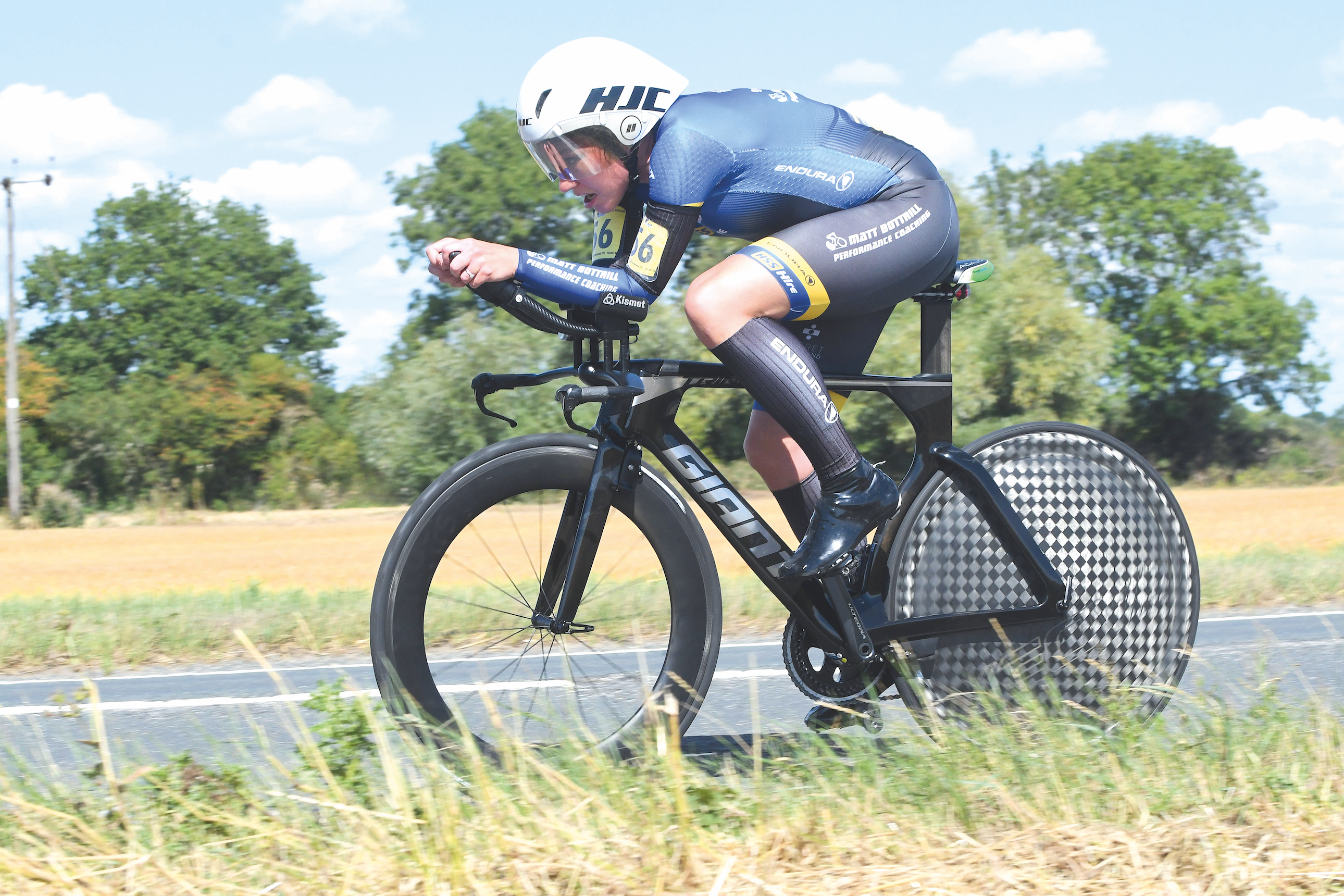
What is your family set-up?
I’m a mum of two – Finlay who’s eight and Keira who’s just turned six – in my late thirties. They’re both keen cyclists and my husband and I take them both up to our local woods to improve their confidence and enjoyment on two wheels. Their handling is arguably better than mine!
How has your cycling been impacted by having children?
My training after having kids has changed dramatically… and performance has improved significantly. Before children I competed as both a triathlete and cyclist, and training involved upwards of 20hrs a week across the three disciplines. Since having kids, my training is much more focussed, and each session is designed to maximise time and optimise return. I spend between 6-8hrs a week training now. I’m coached by Matt Bottrill (of Matt Bottrill Performance Coaching), who’s a working dad and cyclist himself, and understands first-hand the considerations of training with kids.
Can you offer training, nutritional, emotional and lifestyle advice for cyclists who have young children?
The most crucial thing for me has been to ensure that I always prioritise rest and recovery over any training session. If I don’t feel quite right, or have not slept well, then I will match this with my training load and always adapt things accordingly. Away from that, I have various other strategies, including: “booking in” my training sessions as if they are a work meeting; investing in childcare when needed and not being afraid to call on my support network; nailing my sleep routine (as a poor sleeper generally); eating regularly (especially keeping an eye on protein) and trying to avoid travelling too much to races.
Cycling aged 40-49
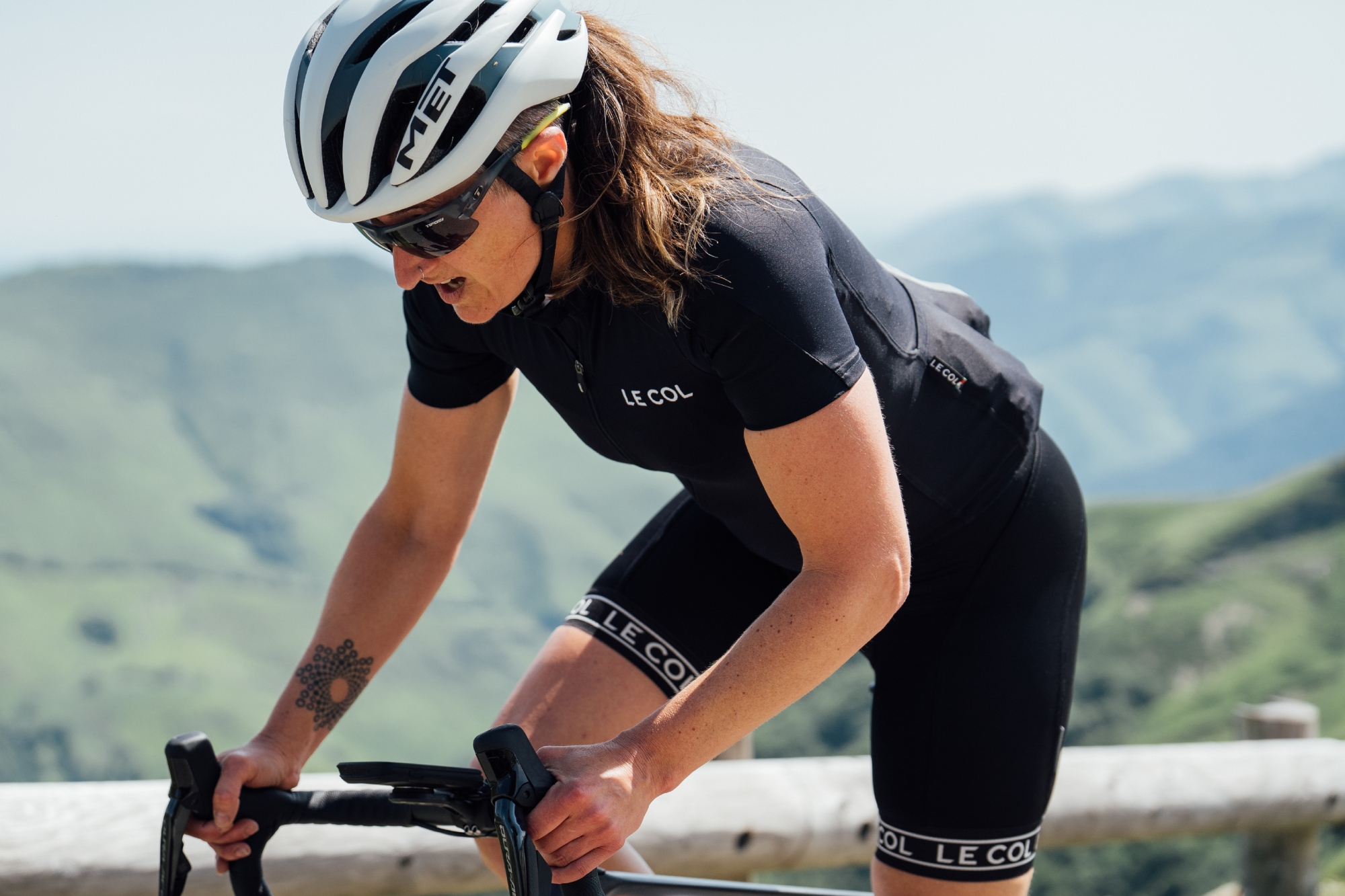
There are further physiological hurdles to hurdle in your 40s as maximal power output continues to decline at a relatively faster rate than endurance. By the end of this decade, your maximum sustainable power will be around 15% less than your peak. There’s also the fiscal need to plan ahead that could leave you time short.
“From my experience as a coach, while family is still important for many riders, [for those who have children] the kids are older and careers have really taken centre stage,” says top cycling coach Pav Bryan. “The onset of middle age and seemingly looming retirement forces many of my clients to focus on work!”
Weight is easier to ply on, so periodise your nutrition, taking on high carbohydrates when workload’s high and low carbohydrates when workload’s low.
That’s why maximising your commute is a must. Most of us will cycle to work off the back of a strong coffee and nothing else. That’s fine if the commute’s under, say, 45mins but anymore and it’s certainly worth doffing a banana or energy bar before or during the commute. On arrival, and as long as your office manager isn’t too militant, a bagel with peanut butter or jam will provide slow-releasing carbs and protein to not only replenish fuel burnt in the morning but refuel for the commute later in the day.
“Higher-intensity intervals, like VO2max work, are important and should be ridden all-year round,” says Bryan. “This is primarily because it takes longer to see improvements at this intensity at this age. Tick off one of these a week for maintenance and two if you’re seeking improvement.”
In short, this age group need to keep on top of ‘force work’. These are sessions like low-cadence and big-gear work to increase bike-specific strength. When it comes to this type of bike session, there are several technique pointers to follow: maintain stable hips and control knee alignment through the entire pedal stroke; set your bike cleats slightly back to ensure a more stable connection between pedal and cleat; and if you feel knee pain, shift up a gear and keep cadence above 75rpm.
Nutritionally, a glucosamine supplement’s a sound idea to lubricate your ageing joints, while stress is another area where this age group might suffer from, says Bryan. So, give yourself 10mins per day of self-care focused on your mentality, such as meditation, mindfulness practice, gratitude practice, journaling or even just reading a book.
Female cyclists should be aware of training and nutrition changes due to the perimenopause and menopause. “As hormones change, for both perimenopausal and menopausal cyclists you need to change training input, i.e. focus on quality not quality (no ‘grey zone training’),” says Dr Nicky Keay, honorary clinical lecturer at University College London and author of ‘Hormones, Health and Human Potential’ and the forthcoming ‘Myths of Menopause’. “Ideally, include three strength sessions per week. And don’t forget quality recovery important as this when adaptations occur.
“As for fuelling, as anabolic hormones decrease (oestradiol and growth hormone), you need to increase protein intake. However, don’t restrict carbohydrates around training as these are the main fuel source for quality training.”
“You should also consider HRT (hormone replacement therapy) where symptoms are problematic for quality of life. This includes the ability to train if this is an important part of your life.”
Cycling aged 50-59
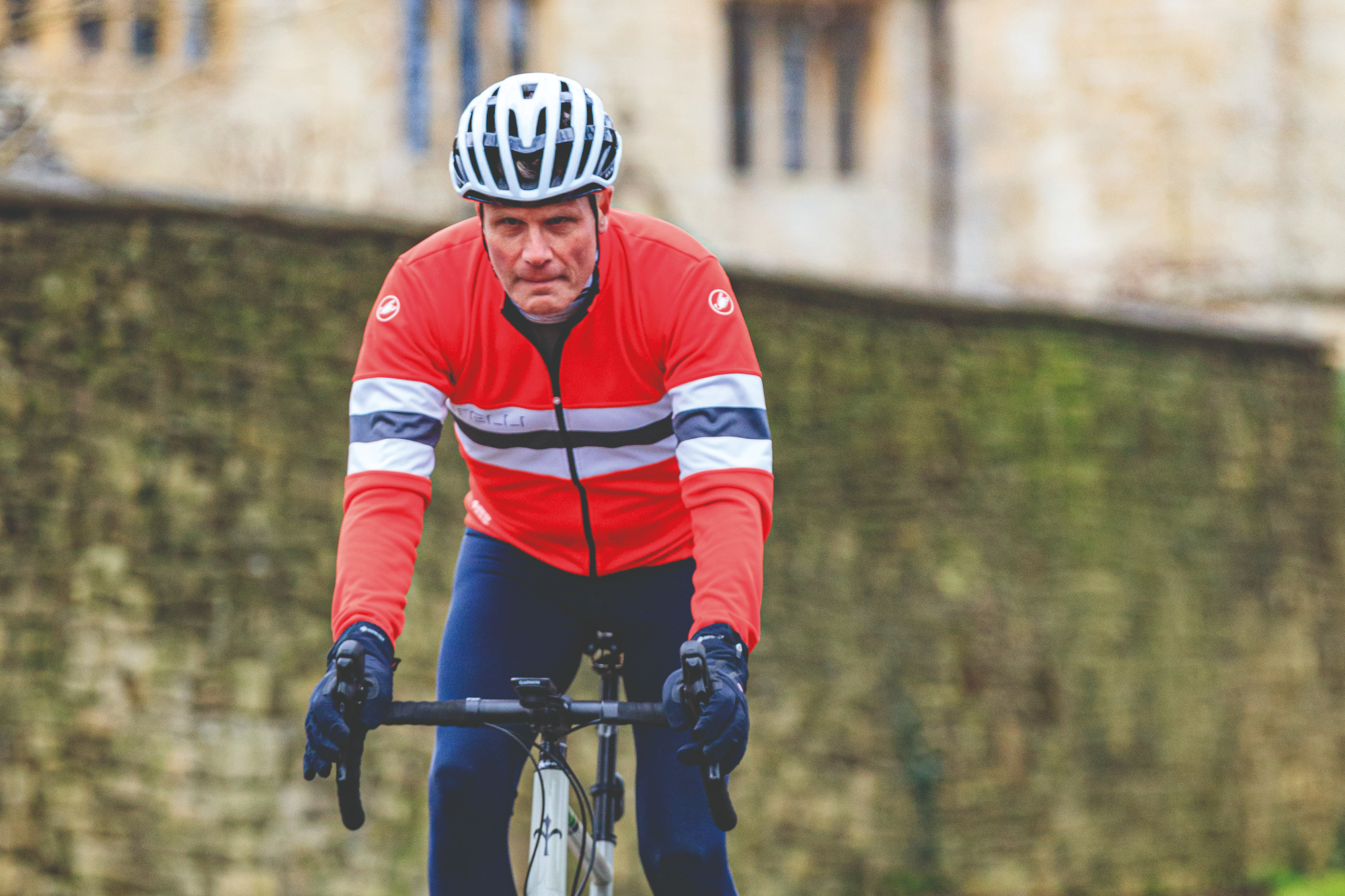
Come 50, hormonal changes can result in both women and men plying on weight more easily. Also, when you’re younger your body’s adept at replacing worn-down bone cells with stronger replacements. Into your 50s, this slows down, resulting in more worn-down bone cells than you can replace, meaning your bones are naturally weaker. Lubricating fluid inside your joints also decreases and cartilage thins out.
However, you may find you have more time to ride. “When you tip over 50, if you have children they’re generally older and more self-reliant, so you might have more time to ride,” says Beer. “Instead, some of your energies might be diverted to your friends and peers who might be thinking more about comfy slippers than a Saturday morning base ride. You probably have to challenge your peers’ norms.”
A blood profile test will identify missing vitamins and minerals. Whether you take one or not, increase the variety of the diet by aiming for the magical 30 different foods each week.
Whether you’ll persuade them to keep pedalling remains to be seen. What’s more in your control is focusing on strength and suppleness in an effort to maintain muscle mass that’s deteriorating through testosterone levels dropping while stretching out creaky joints.
“Home- or gym-based strength training is a must,” says Beer. “Work on hard sets of eight to 12 reps, covering your whole body, from press-ups to squats, twice a week. Each session will be ticked off in 40-60mins. To be more flexible think about a simple set of stretches, holding a comfortable 30secs each, after every ride. Mind you, I find clients prefer to go to a Pilates or yoga class as it’s instructed. Ultimately, you still need cycling base work, some endurance rides and possibly some speedwork, but increasingly focus more on the gym and flexibility.”
Recovery takes longer, so ideally eat a good amount of protein (chicken, lentils…) with every meal. “Training too hard, too often, could be detrimental,” says Beer. “Injury and fatigue could soon strike.” Potentially, you’ll have more disposable income, meaning you should embrace technology. “Home equipment, like weights, a foam roller, rollers and/or a direct-drive trainer are money well spent,” Beer concludes.
Cycling aged 60-69
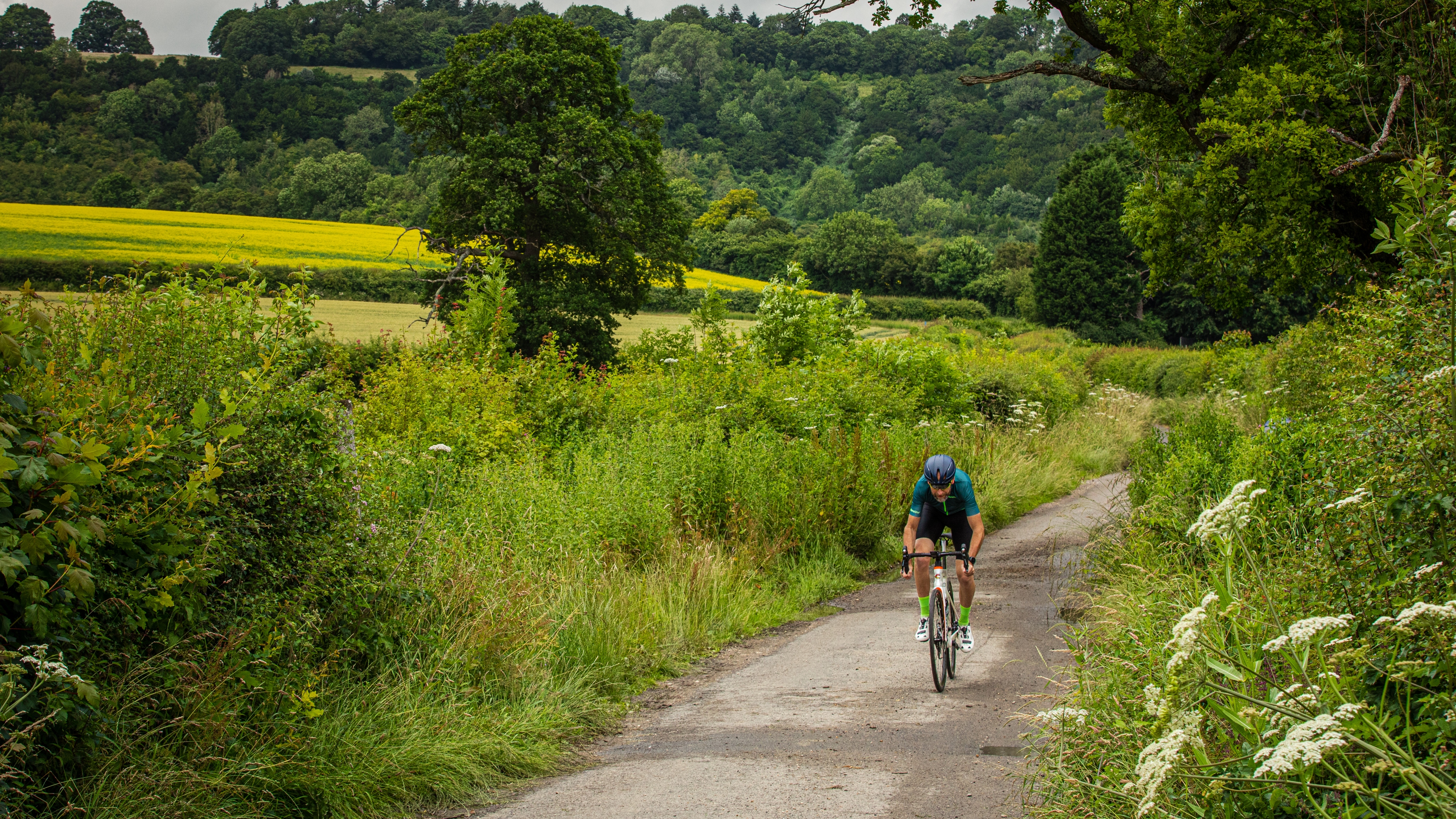
Are you getting adequate sleep? “It’s common for 60- and 70-plus athletes to have a hard time falling asleep,” says author of The Cyclist’s Training Bible, Joe Friel. “To make matters worse, you often wake several times a night to pee. So, what can you do?
“Looking at your feet while walking places a great deal of stress on the bones and soft tissues of the lower back. Now I remind myself to walk with chin up and head balanced directly over my shoulders. It really does help,” says Friel.
“Firstly, don’t drink in the hour up to bedtime. Also, aim to hit the sack at the same time each night and cut out electronic devices with screens (mostly computer and phone) in the last hour before hitting the sack. They’ve worked for me, though you could also try melatonin supplements as there’s considerable research suggesting its effective in promoting sleep with no known adverse side-effects.”
When it comes to training, it’s a cranked-up version of the over-50s as sarcopenia (muscle loss) and the threat of osteoporosis (loss of bone density) increase. Weight-resistance exercises will help both, as will weight-bearing exercises. “Walking and running are good here,” say Friel.
You might want to walk or run to the estate agents, swapping Cornwall for East Anglia. Whilst nothing is stopping you from pushing hard, some days, it’s important to make space for easy rides - which could be an issue if you live in a valley surrounded by steep gradients. “Table-top-flat courses ensure truly easy workouts, which are not only important for building aerobic endurance but for active recovery sessions, too, which will ensure you’re not too fatigued,” says Friel. If you don’t fancy upping sticks to flatter terrain, an e-road bike is money well spent for easier days.
As for nutrition, time is cruel. “Perhaps the biggest challenge facing senior athletes is weight gain. From 17 to 71 years of age I weighed about 70kg. From ages 71 to 76 I gained 9kg. Now I’m always aware of what I eat and my weight. It slowly rises and I slowly bring it back down again. [The] key is to avoid snacking.”
Age matters
So, there you have it, your age-specific guidance to master cycling as the miles and years roll by. In the 20-29 age group, we specifically flagged up the benefits of ignoring social media ‘chat’ to avoid overtraining.
At its heart, that’s around keeping your ego in check so that you follow the process, not the Tanoy-spanking Twitterers. That ego-checking arguably stretches across all the age groups, whether it’s conceding that shorter, consistent efforts are more effective than inconsistent longer efforts if you have young kids (30-39 age group) or that regular strength training (50-59 age group) is vital because of plummeting testosterone levels. It’s also clear that a solid sleep routine will pay off whatever stage in life you’re at, as will not relaxing too often at the pub.
At the end of the day, we’re human and that means we can all improve at least one area of performance, whatever age we are. Right, off for a pint of Bovril and to put my feet up…







